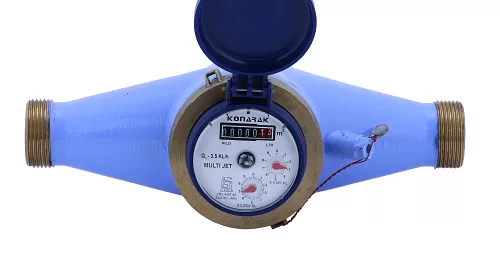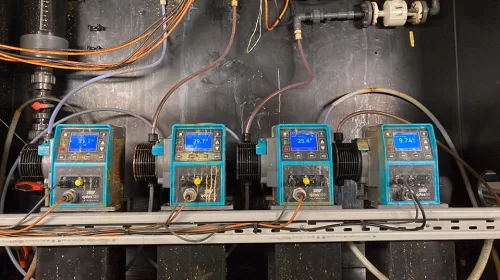By Ben Shenkar
Presenting a revolutionary new paradigm for repairing distribution Networks with losses, from 25% and above, from within the pipe without the need for leak detection and excavation. Leaks creating water loss in pressurized urban water distribution pipes run rampant both in the developed part of the globe and for India as well, where leakage levels can, in some cases, top even 50% of the water that is distributed. This widespread phenomenon has traditionally been ignored or, at best, token efforts have been made to reduce visual breaks or detectable leaks. But even when concerted efforts are employed, the result, for the most part, is only a modest reduction in water loss primarily from major breaks or large leaks leaving the lion’s share of water loss intact.
Need to cut down on water losses.
However, the world has recently been subjected to a rude awaking with the onset of climate change which is creating major disruptions in precipitation patterns. This has led to more and more water stressed areas sometimes scaling to drought levels on one hand, and severe floods on the other. Ironically this has not even bypassed areas where water abundance has traditionally been the norm. In the past, most water supply systems could simply rely on the traditional/standard sources of water i.e., rainwater, surface water and groundwater. However, utilities are now finding it harder and harder to provide resilient water supplies in cities and are looking for ways to augment current resources.
The revolutionary solution.
Curapipe Systems Ltd. from Israel isoffering a revolutionary new paradigm forrepairing distribution networks with heavylosses, i.e., ranging from 25% water lossand above, from within the pipe without theneed for leak detection and excavation.The core innovation is “transporting atrain of specially developed materialsthrough water mains of 400-500 meterslength from an insertion point to anextraction point, using a dedicatedequipment, applying controlled conditionsof pressure and flow (see video clip atwww.curapipe.com). Multiple leaks, largeand small along the water mains andservice connections, are sealed and curedby the special materials creating a virtualnew water resource from the recoveredwater previously unavailable.
How we did it?
To date this has not been made possible since the onset of climate change has been so swift and abrupt that solution providers have not had the opportunity to develop new resilient technologies to address this problem. Crappie on the other hand, has gained a head start in this respect since its technology had initially been developed for the oil and gas industry allowing a relatively fast transition into the world of water distribution losses. The company already holds over 50 issued patents covering its innovation. Commercially applied and tested in several jurisdictions, operational results indicate a whopping 93% aggregate reduction of water loss in treated pipe sections. This holds much promise of enabling a fourth water resource if scaled and deployed by sufficient number of work teams, in one or more urban settings. An additional substantial benefit will be improved water quality, as sealing multiple leaks in water mains, will eliminate the pathogenic intrusion of contaminated ground water following floods.
How easy is it to use this technology?
Records show, that one operating team can repair around 2 kms of water mains per week. Given sufficient scale, within a single year water recovery could top 10% – 15% of the capacity of a full sized desalination plant, as a substitute for awaiting the 10 years it would take for a desalination plant to become operational if it were indeed to be implemented, at a fraction of the cost. Consider also that any new water resource would still be subject to the negative impact of heavy distribution losses,
Whereas Crappie’s solution cures the leaks in the distribution network as well as supplies a once abandoned water resource that can deliver 10 billion litters or more of recovered water for consumption, annually. In summary, Crappie’s disruptive technology has enabled a one-of-a-kind solution that transforms lost water hemorrhaging from pressure pipes, into a much-needed good quality water resource for the benefit of Indian people





